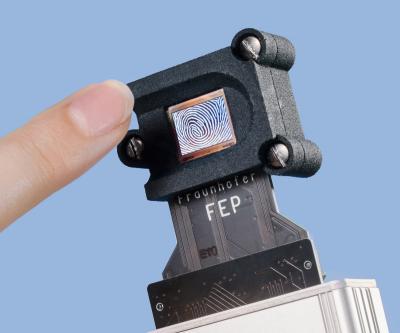The Fraunhofer first demonstrated its bi-directional OLED microdisplays in 2009 - these display use photodetectors embedded between the OLED pixels to enable unique applications such as eye-tracking and more.

The Fraunhofer now suggests a new use for such displays. The BiClean project looked into the possibility of embedding bi-directional OLED microdisplays in solar panels or pipes, to detect contamination in early stages. The display project light at different colors, and the photodetectors can sense the surface status in real time - and so it is possible to know whether it is necessary to clean the surface.
The researchers at the Fraunhofer explain that so-called biofilms can form on almost any surface, as long as there's enough moisture. A biofilm is an accumulation of microorganisms, mostly bacteria and can be very persistent. The biofilm actually protects the bacteria from antimicrobial substances such as antibiotics and disinfectants and that''s why it is needed to detect and remove it early.
The researchers chose an OLED display because it is very thin which makes it possible to embed it in many places where thicker displays will not do. It is not actually needed to use an OLED display - a color-tunable bi-directional OLED lighting panel (which can be much cheaper to make) will also work.

